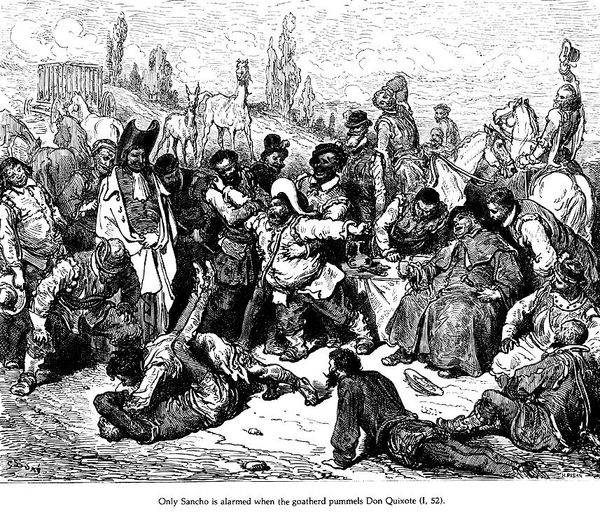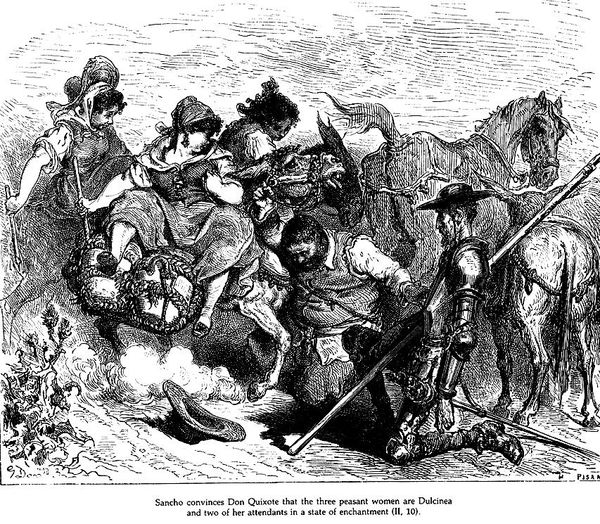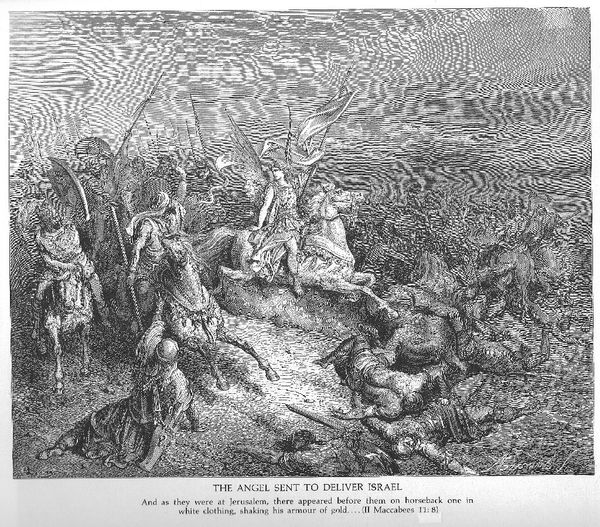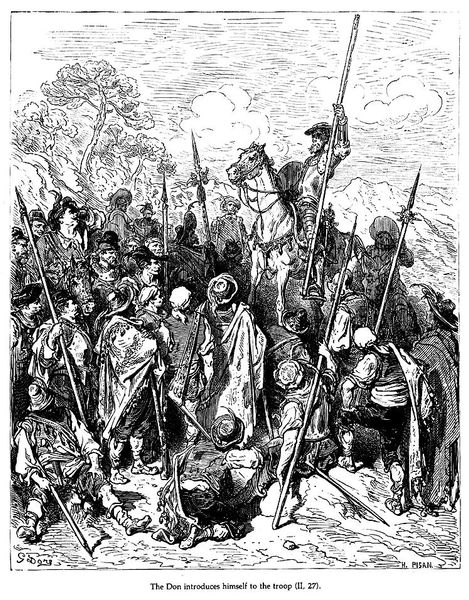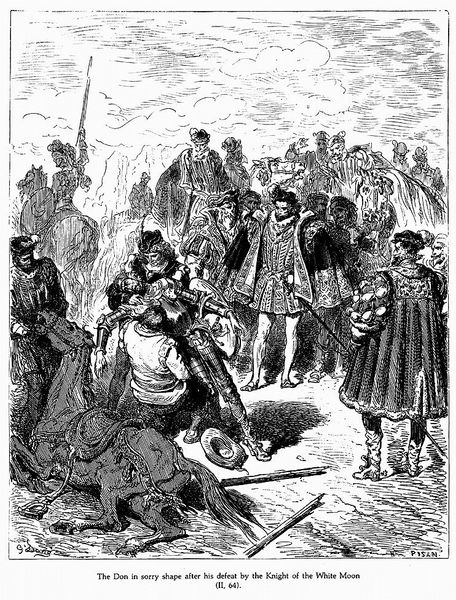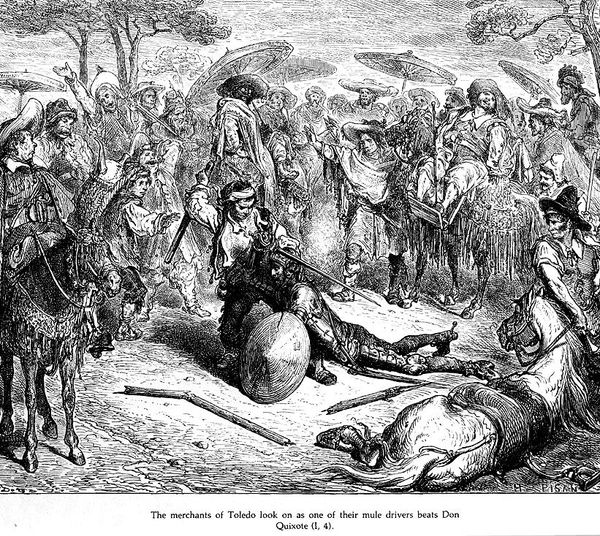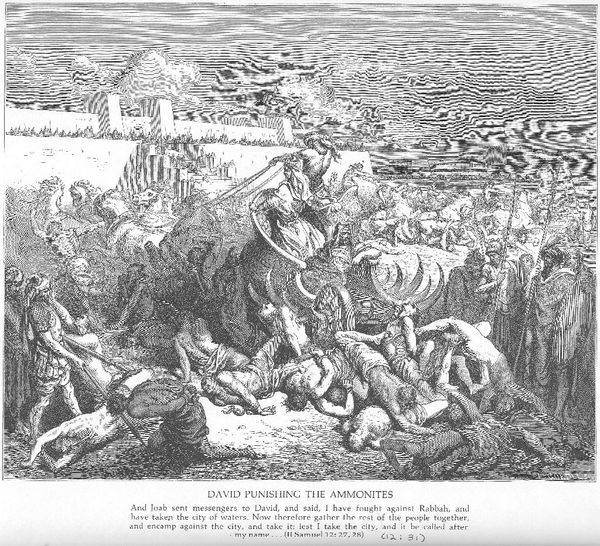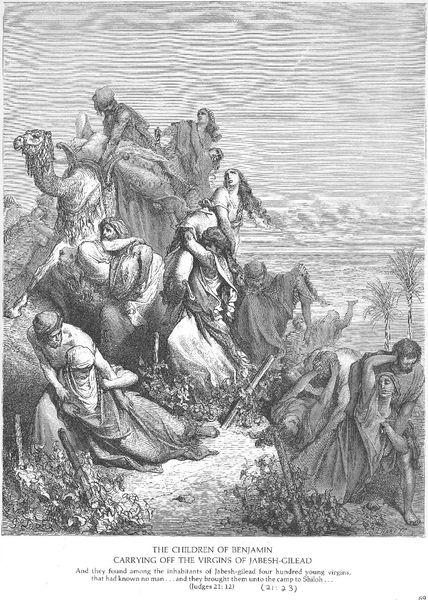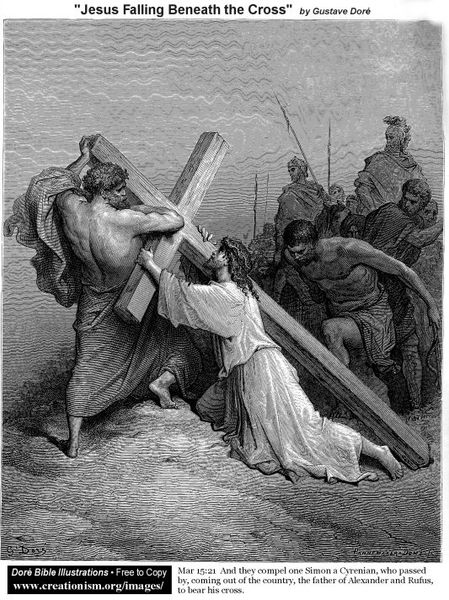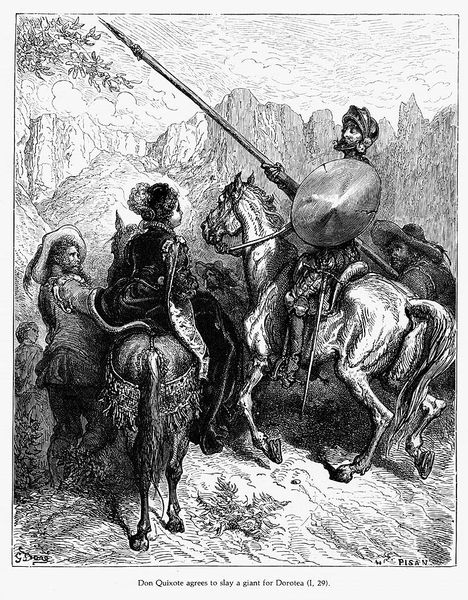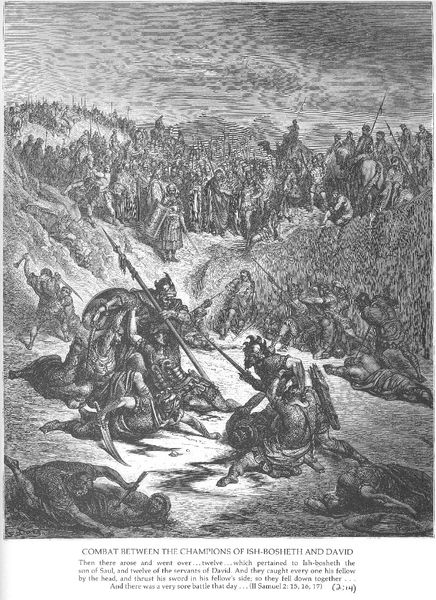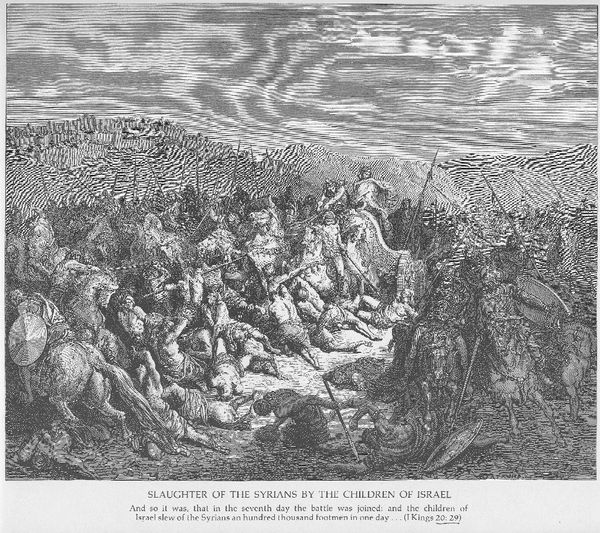
drawing, photography, pen, engraving
#
drawing
#
narrative-art
#
animal
#
pen illustration
#
caricature
#
figuration
#
photography
#
romanticism
#
horse
#
pen work
#
pen
#
engraving
Copyright: Public domain
Editor: This is Gustave Doré's "Don Quixote", an engraving in pen. I am immediately struck by the dynamism of the scene – a chaotic moment with the horse rearing and figures swarming a cart. What are some of the cultural references at play here? Curator: Note how Doré employs the Jester figure. The jester is a powerful, liminal symbol; he stands at the edge of society, granted permission to mock the powerful and question norms. In frightening Quixote’s horse, does the Jester represent the intrusion of reality into Quixote's fantastical world? Editor: That's a great point. So, the jester becomes a visual device representing the contrast between Quixote’s idealism and harsh reality? The cultural memory embedded in the symbol is quite strong, isn't it? Curator: Absolutely! The horse is central, too, connoting the animal spirit and instinct. Doré also masterfully juxtaposes the detailed, almost frenzied rendering of the foreground with the sketchy background, creating an unbalanced and perhaps comical feel. What does that imbalance convey, in your opinion? Editor: Perhaps the imbalance emphasizes Quixote’s disorientation or the absurdity of his quest. I also see Romanticism in the expressiveness and exaggeration. Thank you! Curator: A worthwhile observation. Doré taps into deep wells of cultural understanding about power, perception, and delusion. Examining how artists use established symbols is a journey into the collective unconscious, where societal values and fears reside. Fascinating, isn’t it?
Comments
No comments
Be the first to comment and join the conversation on the ultimate creative platform.
